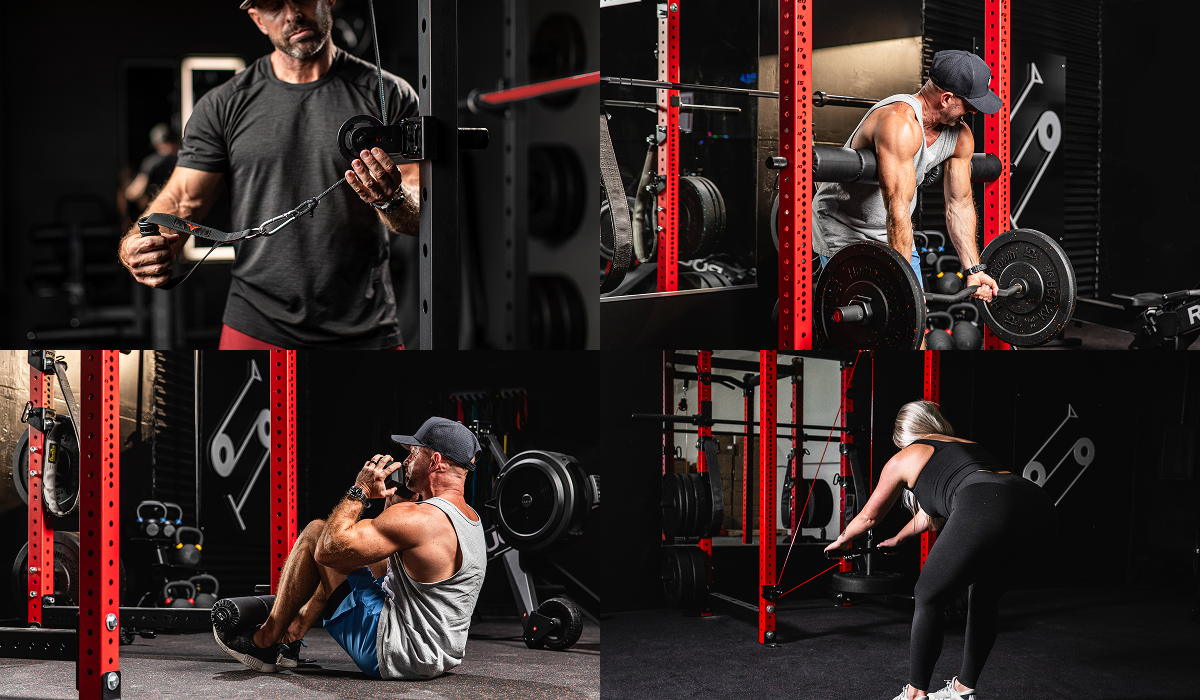World Health Day comes around each year to remind us of something we often overlook in our busy daily routines: our health is the bedrock of everything we do. Good health makes it possible, whether going to work, caring for family, or enjoying hobbies. This global observance, which takes place on April 7th, is a nudge for everyone regardless of background or fitness level, to commit to healthier habits. If you’ve been considering adding more movement into your life or setting up a home gym, World Health Day is the perfect moment to take that leap.
The Global Message of World Health Day
The World Health Organization (WHO) annually selects a specific theme to highlight pressing health issues. But even when the theme changes, one message remains constant: healthy living is an attainable goal, not a luxury. Millions of people around the globe face barriers to achieving health, limited access to healthcare, hectic work schedules, or financial constraints, to name a few. On World Health Day, we focus on breaking down these barriers and exploring practical ways to achieve wellness.
Why Home Fitness is Worth Considering
Life can get chaotic. Many of us juggle multiple responsibilities: work, family, social commitments and it often feels like time is insufficient. That’s why the home gym concept has gained such strong momentum in recent years. When you have the equipment right at home, it’s easier to weave short exercise sessions into your routine, whether early in the morning or before you wind down at night.
1. Convenience and Flexibility
Nothing beats working out at your own pace and on your schedule. If you're an early bird, you can hop on the treadmill at dawn. If you’re more of a night owl, your exercise bike or yoga mat is always waiting for you. This flexibility encourages consistency, which is crucial for seeing long-term results.
2. No Pressure, Just Progress
Some people find traditional gyms intimidating. These anxieties can deter anyone from sticking to an exercise plan, whether it’s the fear of judgment or the discomfort of working out around strangers. A home gym offers privacy and allows you to grow comfortable with new routines at your speed.
3. Cost-Effective in the Long Run
While purchasing exercise equipment requires an upfront investment, you’ll likely save money. Gym memberships, transportation costs, and group class fees increase over time. By having your fitness setup at home, you’re making a one-time investment that can serve you for years.
Choosing the Right Equipment for You
Stepping into the world of home fitness can be overwhelming, especially when you see the huge range of gadgets and machines on the market. However, selecting the right equipment doesn’t have to be complicated. Start by focusing on your personal goals:=
-
Cardiovascular Health: If improving stamina or losing weight is a priority, you might opt for a treadmill, stationary bike, or elliptical machine. Each option helps increase your heart rate and boosts your overall endurance.
-
Strength and Muscle Toning: Free weights like dumbbells and kettlebells are versatile and space-efficient for building muscle and increasing strength. Resistance bands are also great for targeting specific muscle groups without taking up much room.
-
Core and Flexibility: A yoga mat, stability ball, or Pilates accessories can help you focus on flexibility and core strength. These items are easy to store and complement your cardio and strength workouts.
Before committing to any piece of equipment, measure your available space. Even if you don’t have a dedicated room for a gym, you can still create a functional workout area in your living room, garage, or even a spare corner. Foldable treadmills, compact exercise bikes, and stackable dumbbells are a few space-saving options.
Making the Most of Your Home Workouts
Building a home gym is only half the journey. To truly embrace the spirit of World Health Day, you’ll want to establish a plan that keeps you motivated and engaged.
1. Set Clear Goals
What do you hope to achieve through regular exercise? Are you aiming to reduce stress, lose weight, or build muscle? Identifying a specific goal can help shape your fitness routine. For instance, if your main aim is cardio health, you’ll focus more on running or cycling workouts.
2. Create a Balanced Routine
Variety is the key to sustaining motivation. Mix up your workouts to include different forms of exercise cardio, strength training, and flexibility work. This approach keeps your body challenged and helps prevent workout plateaus.
3. Find Your Rhythm
Consistency is vital. Choose a realistic rhythm if you schedule 20 minutes a day or hour-long sessions three times a week. Please write it down on a calendar or set reminders on your phone. Treat these workouts as non-negotiable appointments with yourself.
4. Track Your Progress
Use a journal or app to record your reps, distances, or times. Even small improvements—like lifting slightly heavier weights or running a bit longer—deserve celebrating. These milestones keep you motivated and show how far you’ve come.
5. Stay Hydrated and Eat Well
Exercise works best when paired with good nutrition and hydration. Drink water regularly and focus on balanced meals with lean protein, whole grains, fruits, and vegetables. Proper fuel helps your body recover and powers you through each workout.
Embrace World Health Day with Action
World Health Day isn’t about huge, dramatic changes, it's about simple, meaningful actions that support well-being. A home workout space offers flexibility, privacy, and easy access to exercise. It’s a direct step toward the World Health Day goal: health for everyone, everywhere.
Take a moment to imagine how fitness can fit seamlessly into your life whatever your budget or space. Explore different activities, stay kind to yourself through ups and downs, and celebrate each victory. Here’s to a healthier, happier you.






Share:
How a Pulley System Elevates Training with Simple Weights
Types of Body Shapes and Choosing the Right Exercises for it